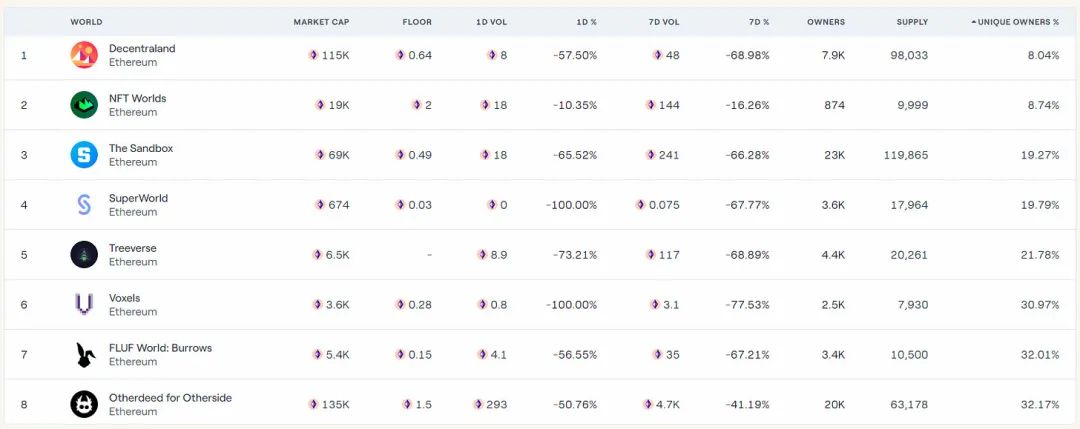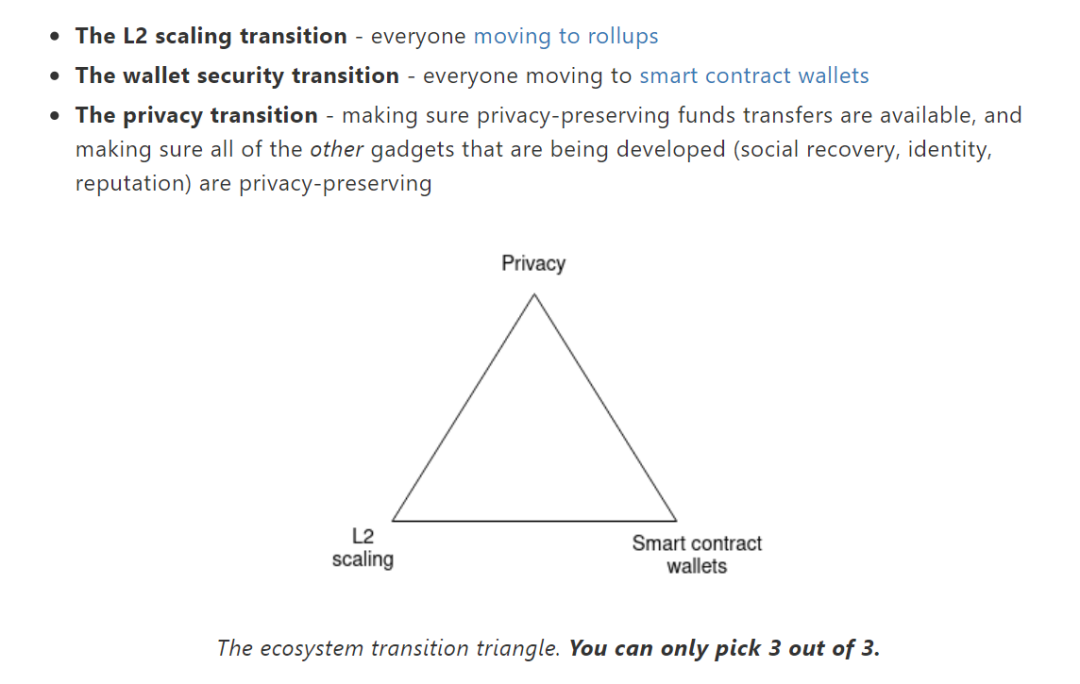How does Ethereum build ‘brick by brick’ for the metaverse?
How does Ethereum build for the metaverse? Author: William M. Peaster
Author: William M. Peaster
Translation: MetaCat
Formatting: MetaCat
The metaverse sector of Ethereum is still standing tall despite facing challenges, and the potential of an open and interconnected metaverse driven by Ethereum and NFTs remains as hopeful as ever. In today’s article, let’s take a look back at why the metaverse continues to be the next frontier for Ethereum!
- Interpreting the Current Situation of Digital Asset Custody Opportunities and Challenges for Institutional Investors.
- Robert F. Kennedy Jr Will Support the US Dollar with Bitcoin if Elected President
- Interpreting the Current Situation of Digital Asset Custody Opportunities and Challenges for Institutional Investors
When it comes to the metaverse, I believe Ethereum and its related on-chain infrastructure (DeFi, NFTs, L2, etc.) are among the best tools we have to achieve an open metaverse.
What does an open metaverse mean? Well, a mature metaverse doesn’t exist yet, and an open metaverse doesn’t exist either. Here, “open” refers to a specific vision and set of values, along with corresponding technologies, that build the metaverse software in an open-source manner for the benefit of all.
This open style stands in stark contrast to the closed style of traditional companies, which are ultimately built for the benefit of shareholders and often engage in rent-seeking activities (rent-seeking refers to manipulating the social or political environment to increase existing wealth without creating new wealth).
Therefore, an open virtual world should be built by various rebels on different pillars, such as freedom of transaction, freedom of speech, and open standards. To achieve these goals, Ethereum + L2 can serve as neutral and efficient cultural and economic pillars that connect the virtual world to the true metaverse over time.
However, Ethereum and its counterparts are not the only things preparing to play a key role in the rise of the metaverse. There is, of course, the internet, considering how we have nearly 3 billion people coming online in the next decade, or think about the ongoing advancements in augmented reality and virtual reality (AR and VR) technologies, artificial intelligence (AI), zero-knowledge (ZK) proofs, and more.
All these clues converge towards the popular concept of a “mature” metaverse, which is not a singular virtual world but rather various new aspects of virtuality in our lives, where we will also peak virtual experiences from multiple different sources.
That being said, the potential of the metaverse and the potential of Ethereum and NFTs to contribute to the realization of the metaverse are still as enormous as ever. However, it is no secret that metaverse projects in the crypto economy have recently encountered difficulties. Some of the reasons for this situation are as follows:
- These virtual worlds belong to the crypto economy, which is currently in a bear market, so most of the projects have seen a comprehensive decline in most statistical data due to the recent liquidity drought in the crypto space.
- Most of these projects are still quite primitive in many aspects, so they have yet to win over many active users.
- Some of these projects have created their own virtual land crisis, as their land is too much like physical land, which in turn leads to speculation, high prices, hoarding, etc., stifling community development.

Some of these issues are not new. For example, the game “Network Genesis” launched in 1997 experienced a virtual land crisis for the first time 25 years ago due to the huge demand for scarce housing. For us today, free land experiments can help in this regard, and virtual world land taxes + citizen dividends can also help in this regard, but we must understand the past to know why these approaches are worth pursuing.
So, in my opinion, the key to the current and future of the Ethereum metaverse project is to take stock of past issues, take stock of current successes (such as the mainstream growth of VRChat), take stock of future development directions, and strive to achieve this.

Of course, there is no magic wand here. The metaverse will not be built in a day, nor will it be built in just one field. It will require a lot of work and coordination in the future. In web3, there are many “big picture” considerations at play for us, such as the three transitions outlined by Ethereum founder Vitalik Buterin in his blog on June 9:
Looking closely, these three transitions are: 1) Ethereum Layer 2 scaling solutions, 2) smart contract wallets, 3) better privacy solutions. As Buterin points out, these transitions bring many challenges, and metaverse projects are not exempt and need to evolve together with others.

The good news is that we still have a way forward. For example, Decentraland and The Sandbox have already adopted the Polygon network, and with the upcoming Polygon 2.0, they have prepared themselves well for the continuous migration to advanced L2. In addition, the rise of standards such as ERC-6551 and ERC-4337 will help more and more NFT users and projects accept smart contract wallets.
Combining these advancements in web3 with advancements in hardware (such as the new Apple Vision Pro) and AI agents (such as AI programming, NFT ownership wallets, and holding NFTs and tokens, etc.), the Ethereum-based metaverse experience will become increasingly impressive.
We will continue to update Blocking; if you have any questions or suggestions, please contact us!
Was this article helpful?
93 out of 132 found this helpful
Related articles
- The Battle for the Throne between Bitcoin and Ethereum What are the determining factors for victory?
- Good news for Bitcoin? Understanding the upcoming Nakamoto version of Stacks with one article
- The US instant payment system FedNow is here! But it is not a rival to cryptocurrencies.
- Blockchain Gaming June Monthly Report Market Analysis, Opportunities, and Challenges
- Binance Research An Illustrated Guide to Cryptocurrency Data Tools Track
- Paris The Fashion Capital, Embarking on a New Web3 Feast
- Review of Yuga Labs’ Ecological Development and APE Token Market Performance





